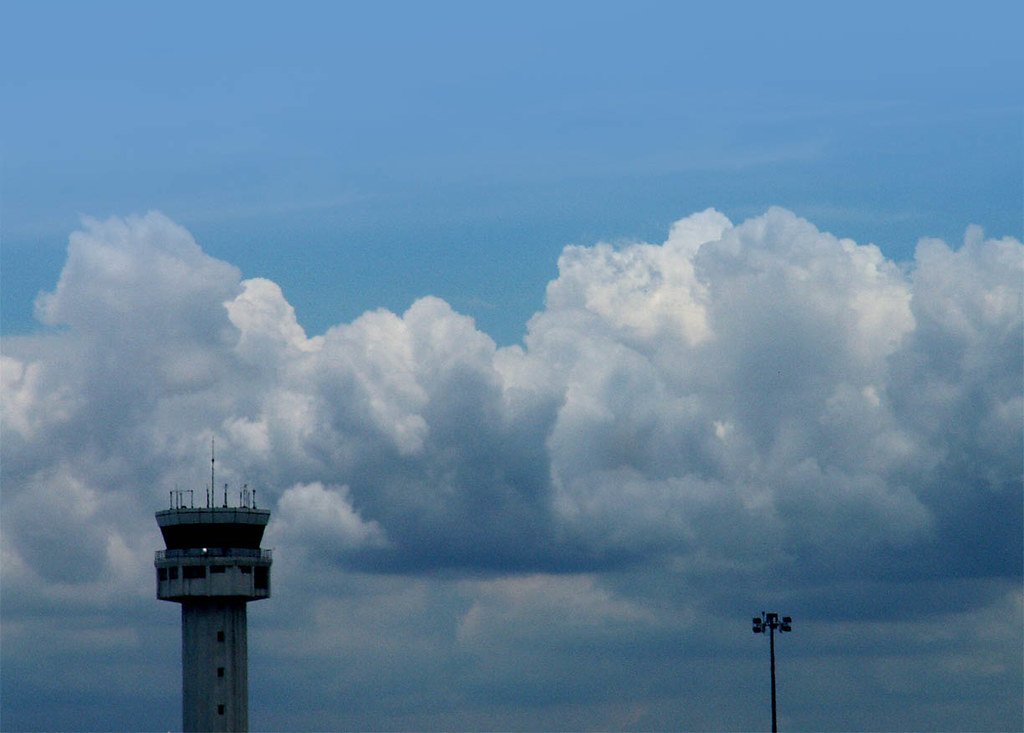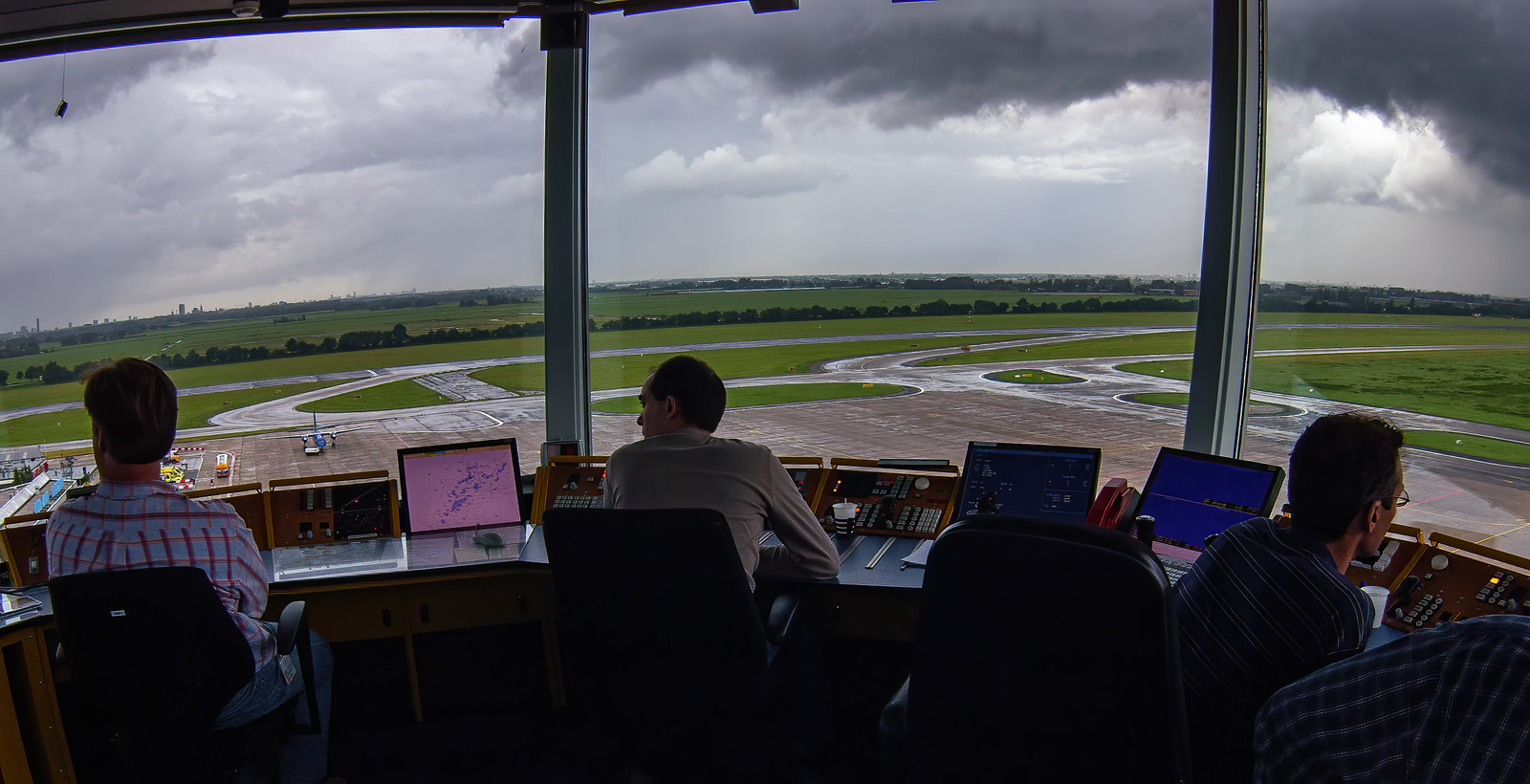For many aspiring pilots, the journey to earning their wings can be very exciting. It offers scenic views and opportunities to take on new adventures. It also requires understanding fundamental aviation topics such as aerodynamics, aircraft systems, navigation, and meteorology, just to name a few. However, a crucial aspect of pilot training in the Philippines and in other countries that often gets overlooked is airspace knowledge.
Airspace refers to the three-dimensional space above the earth’s surface that is controlled and regulated for aviation purposes. This ensures a safe and orderly flow of air traffic. In the Philippines, the Civil Aviation Authority of the Philippines (CAAP) sets and implements guidelines when operating within the country’s airspace.
If you want to learn about the intricacies of airspace and why it matters for pilots, read on.

Airspace Classifications
Generally, airspace is classified into different classes: A, B, C, D, E, and G. Each of them has its own specific characteristics and rules that apply in Philippine and international airspace.
- Class A: This class begins at 18,000 feet mean sea level (MSL) up to 60,000 feet. It’s reserved for high-performance aircraft, airlines, and cargo operators during high-altitude and long-range flights. And as a student pilot, you won’t operate in this class yet.
- Class B: It’s between ground level and 10,000 MSL. It also has high amount of traffic and is typically around major airports. To operate in this area, you’ll need clearance from air traffic control (ATC).
- Class C: This is found around medium-sized airports and from the surface to 4,000 feet above airport elevation. Unlike in class B airspace, aircraft don’t need a specific clearance to operate in this area. However, pilots are required to have two-way radio communications with the ATC before entering this airspace and while they’re within it.
- Class D: It’s a less restricted airspace that is found around smaller airports with control towers. It usually begins from the surface to 2,500 feet above airport elevation. Communication with ATC is necessary in this airspace as well.
- Class E: This refers to the controlled airspace that’s not classified by the airspace class surrounding airports. Typically, this area begins at 1,200 feet above ground level (AGL). But you may also encounter other class E spaces beginning at the surface or at 700 AGL.
- Class G: It’s an uncontrolled airspace where ATC has no authority over this region. Instead, pilots need to coordinate their operations by utilizing onboard radio. It’s usually found at lower altitudes away from airports and is where most student pilots start their training.

Special Use Airspace
Aside from the classes mentioned, you must be aware of any special use airspace and its restrictions. For instance, some areas may be designated no-fly zones due to sensitive military operations, while others may have temporary restrictions in place for safety reasons. Here’s a closer look at the different types of special use airspace:
Restricted Areas
These are areas established for reasons related to national security or public safety. Entry into restricted areas is typically prohibited, and pilots must obtain specific clearance from the controlling agency (usually the military) to enter. Even when not active, restricted areas should be approached with caution.
Prohibited Areas
Prohibited areas are off-limits to all aircraft for national security reasons. These areas are often found over sensitive government installations or other critical locations.
Military Operations Areas
Military Operations Areas (MOAs) are designated airspace for military training and combat operations. While civilian aircraft can enter MOAs, pilots should exercise extreme caution because military aircraft may be conducting high-speed and high-altitude maneuvers there. When flying near or through an MOA, communicating with air traffic control is crucial.
Alert Areas
In these areas, pilots should exercise caution due to a high volume of training or unusual flight activities. Unlike MOAs, civilian aircraft are not restricted from entering alert areas, but they should be aware of potential hazards.
Temporary Flight Restrictions
Temporary Flight Restrictions (TFRs) are issued for short periods and are often related to special events, natural disasters, or presidential movements. These restrictions can severely limit airspace access, and pilots must stay updated on TFRs for safety and compliance.

Flight Rules
In every airspace, pilots are required to either use visual flight rules (VFR) or instrument flight rules (IFR) for safety. As a student pilot, you’ll usually fly VFR to safely navigate Class G and E airspace. VFR flying is conducted in visual meteorological conditions, where pilots rely on their sight to navigate.
On the other hand, flying in controlled airspace (classes A, B, C, and D) and under adverse weather conditions requires IFR flying. It’s used in conditions where visual references may be limited and requires specialized training and equipment among aviators.
Importance of Air Traffic Control (ATC)
Air traffic control plays a pivotal role in managing airspace. ATC controllers provide instructions and guidance to aircraft, ensuring safe separation and efficient traffic flow. Even if you’re still a student pilot, you’ll interact with ATC regularly, especially when flying in controlled airspace. That said, work on becoming proficient in communicating with ATC, interpreting their instructions, and adhering to their guidance.
Learning the concept of airspace is essential for pilots to safely fly an aircraft. It also ensures they operate within the boundaries of aviation regulations, which can help them have a successful career. So, take the time to understand the unique aspects of local and international airspace while you’re in pilot school. It will help prepare you to become a skilled and responsible aviator in the future.

Yogi wanderer. Solitude searcher. Book worm and chill out music tripper.
